|
Updated Oct. 1, 2022 There, there, Pentax Nation. Your clickbait detectors just needed a little recalibration, that's all. As for your well-known inferiority complex, there is only so much one article can do, but I'll give it my best effort ;-). All kidding aside, we are going to take a closer look at my favorite Pentax SLR, Nikon-tainted as it may be, and how it came to be so. Asahi Icarus? We pick up the story in 1969. Pentax (aka Ashai Optical Company) was comfortably ensconced as the 35mm SLR sales leader with 25% more SLRs produced than their nearest rival, Minolta, and a touch over 50% more than Nikon and Canon combined. In other words, they were flying high. But amid the sunshine and lollipops lurked a small but ominous warning. They were losing altitude. Sales had fallen by 16% from the previous year and would continue to spiral downward for the next half-decade. The causes: 1) reluctance to abandon the M42 screwmount that had served them so well for the past dozen years, and 2) failure to keep up with their competitors when it came to automatic full-aperture metering. Both of these factors equaled less convenience for photographers, particularly newcomers. By 1971 the sales spin had tightened to 40% of its 1967 peak and wouldn't bottom out until 1974. This coincided with a commensurate 40% jump in Nikon's fortunes in 1972 with the introduction of two new models, the Nikon F2 (late-1971) and the Nikkormat (Nikomat) EL. For the first time in history, Nikon sold as many SLRs as Pentax in a year. Pentax and Nikon Get It On While Nikon and Pentax had been competing in the 35mm market since the 1950s, it was particularly from the early-'70s onward that they really began to go at each other. This occurred during a general rise in competition between all of the Japanese manufacturers after they had collectively pushed the German 35mm SLR makers from any sort of effectiveness in the SLR market by the late-'60s. But it seemed that the struggle between Nikon and Pentax through the first half of the '70s had a bit more of an edge to it. Pentax opened the festivities by introducing the first aperture-priority, electronically-controlled SLR in the world, the Electro Spotmatic, in late-1971. While it was basically a prototype (and only available in Japan), the production version, re-labelled the ES, soon followed in 1972, beating Nikon's Nikkormat EL (the second aperture-priority, electronically-controlled SLR) to market by a whisker. The ES and EL were the only two SLRs in their category at that point, so naturally Pentax and Nikon would be keeping a close eye on one another there. Nikon now (briefly) had a four-model SLR lineup: the Nikon F2 & F (which would finally disappear for good in 1973), and the Nikkormat EL & FTn. As noted earlier, this all coincided with Nikon's catching up to Pentax in sales, which only increased the angst at Asahi. Pentax responded in June of '72 with their official introduction of their Super-Multi-Coated (subsequently abbreviated to SMC) Takumar lens lineup, becoming the first major Japanese manufacturer to do so (they had prototyped it on very-late Super Takumars in 1971). And this wasn't just your run-of-the-mill multicoating either, my friend. Up to seven layers of color-popping, flare-reducing, ghost-busting goodness. This left Nikon, the self-proclaimed "leader" of the Japanese optical industry in a quandary; they had only recently developed the capability to apply five layers of coating to a lens surface and had not even brought that to market yet, and here was sales-spiraling Pentax pipping them to the post in their area of expertise. Such insolence was not to be borne, so Nikon did the only logical thing...they denied it ;-). In the same way that Zeiss had denied that Nikon and Canon could possibly have surpassed them optically in the 1950s, now Nikon was falling into the same trap. Their calling-out of Pentax inevitably heightened the already-existing tension between the two companies. Once Pentax demonstrated that their fancy new process (bought from Optical Coatings Laboratories Inc., who had developed it for NASA spacecraft windows and then re-engineered for photographic lenses it with input from Pentax) was legit, Nikon doubled down, claiming that SMC was overkill...that they could do more with five layers than Pentax could with seven...that on simpler lens constructions you didn't even need multicoating anyways...blah, blah, blah. Without going any further down that rabbit hole, suffice it to say that there was no love lost between Pentax and Nikon at this point, with the fortunes of both companies going in opposite directions and Pentax desperate to halt their sales slide. Cue the development of the K-series of SLRs... Birth of the KX By 1973, Pentax knew that their golden goose of the M42 screwmount was cooked. They had steadily been losing market-share to their bayonet-wielding competitors for five years and they had wrung the last drop from it in the form of full- (open-) aperture metering with the introduction of the ES model and SMC Takumar lenses. The Spotmatic F was the final iteration of the line to receive this upgrade and Pentax briefly entered a collaboration with Zeiss (which, needless to say, didn't work out long-term). Both Zeiss and Leitz had bowed to the inevitable and had decide to partner with the Japanese in SLR development instead of being completely plowed under. In 1972, Leitz entered an agreement with Minolta that lasted into the '80s, while Zeiss and Pentax danced around for a bit, with Pentax eventually deciding they were better off on their own and Zeiss ending up partnering with Yashica (an alliance that lasted into the 21st century). But Pentax did not emerge from their fling with Zeiss empty-handed: they walked out with two lens designs (a 15/3.5 and a 28/2), and more importantly, what would become the K-mount. Coincidentally, the K-mount and the Contax-Yashica (C/Y) mount both debuted in 1975, sporting very similar overall dimensions. Spooky ;-). The K-Series initially consisted of three models: 1) the base KM, 2) our friendly KX, and 3) the range-topping K2. Pentax also brought out a newly-christened SMC PENTAX (the classic Takumar name was dropped) lens family, some of which were merely updated SMC Takumars, while others were all-new designs. In Pentax' own words: The KM is essentially the Spotmatic F (the world's most popular fine camera) updated and improved with the new K bayonet mount. The K2 was: ...the cream of the K Series. The KX slotted neatly in between the KM and K2 with a nice array of features and it drew heavily from the ES II (1973) for its layout, styling, and operation. But here is where Nikon returns to the picture. Whether to intentionally poke Nikon or because Pentax actually felt that these features were necessary to try and pull potential buyers in, the KX sported some distinctly Nikon-inspired features:
The crazy thing was, from a marketing perspective, it worked. After seven straight years of declining sales, in 1975, Pentax moved just under 600,000 SLRs, an increase of nearly 65% over 1974. And half of those were K-Series, without which it would have been an eighth consecutive year of decline. All this while Nikon sales had plateaued temporarily at just under 400,000. Both manufacturers would see much more sales success during the final manual focus SLR boom from 1976 - 82, but it was the K-Series that got Pentax back in the game, and that was a result, at least in part, of Nikon's trash-talking lighting a fire under them ;-). Okay, okay...so the KX isn't really a Nikon, just the closest any other manufacturer came to one ;-). So what makes it my favorite Pentax? KX Kudos Balance is the keyword for me when it comes to the KX. From its feature-set to the way it feels in the hand, it hits closest to my personal Pentax-shaped bullseye (YMMV, of course :-)). Even with all those pilfered Nikon tidbits it still handles like a classic Pentax, not too big, not too small...it's the Mama Bear of the clan (630 grams/22.2 oz). It inherited the brighter silver-coated prism, SMC eyepiece, silicon photodiode (SPD) centerweighted meter of the K2, and it even outdoes its higher-end sibling when it comes to displaying the aperture readout in the viewfinder (you would have to upgrade to the newer, more-expensive K2DMD to equal that). No jamming your eye socket into the eyepiece in a vain attempt to try and see the entire field of view (Looking at you MX ;-)). The shutter release lock allows for (T)ime exposures when used in concert with the (B)ulb shutter setting. The ISO range of 8 - 6400 is more than enough for any modern film shooter. Batteries for the meter are the still-current SR44/357/S76, so no conversion hassles there. With its beveled bottom plate and other subtle ergonomic adjustments to the already-excellent Spotmatic paradigm, Pentax' long-time slogan of "just hold a Pentax" definitely fits the KX, for me anyways :-). Slap an SMC Pentax 55/1.8 (an under-the-radar gem of a lens, with stellar optical and build quality) on the front and you have one of the sweetest, simplest, yet still very capable mechanical 35mm packages ever, full stop. Oh, and just one more thing: slip the K-to-M42 adapter into the gaping maw of the KX and you can use any Pentax M42 screwmount lens (and almost any other brand, for that matter; just check carefully first before getting all ham-handed ;-)) with stop-down metering and perfect infinity focusing making for even more versatility. Conversely, you can mount any newer Pentax lens, as long as it has an aperture ring, and get full-aperture metering. The balance of the KX is also typified in comparison with its competitors from 1975:
These are all excellent mechanical SLRs that I enjoy using, and the point of this comparison is not to slight any of them, but rather to illustrate the overall competence of the KX. No, it is not the "perfect" SLR (a mythical creature if ever there was one :-)). Like every other match-needle SLR, the KX is limited by the amount of light that the viewfinder admits to illuminate the display, making it difficult to use in low-light situations. There is the poky advance lever for left-eyed shooters. Yes, the 1/60 flash-sync. speed is slow. But...it...does...not...matter. Pictures are taken with cameras, not spec sheets. And the KX is simply flat-out fun to use and feels great in the hand and to the eye. Original SMC PENTAX glass takes a back seat to none of its contemporaries and the focusing feel (good ol' aluminum-on-brass) will make a Nikkor whimper ;-). With the inflated prices of K1000s nowadays, you can score yourself a KX for the same or less money with a bit of patience. Sure, they are less common than K1000s (by about 10 to 1 ;-)), but that relative obscurity has also helped to keep values down. The KX was available new for only two years, with about 200,000 produced, so they are below many people's radar and have basically zero Interweb notoriety compared to the K1000 (not a bad camera at all, but currently overrated for what it is) and MX (too cramped for my hands and eye socket, and lacks MLU, but you might love it ;-)) as far as mechanical K-mount Pentaxes are concerned. The fiddly ISO control of the K2 and its more common electrical issues also swing my vote towards the KX. Problems with the meter are probably the biggest potential issue with the KX, but they seem no more prevalent than with any of its contemporary competitors in my limited experience. To sum up, the KX is not actually a Nikon, nor does it need to be. There are plenty of old Nikons to choose from should you prefer. And there are other Pentaxes that may suit your fancy more. But for me, the KX symbolizes Pentax at its best, with some fire in its belly and not taking any guff from Nikon...and I like it like that :-). References: Flare control in multi-coated lenses of the Seventies - Dario Bonazza The Honeywell Hotline Newsletter Sept./Oct. 1975 @ www.pacificrimcamera.com Nikkor Lenses @ www.pacificrimcamera.com Pentax KX Brochure @ http://www.pentax-manuals.com/literature/literature.htm Various SLR Manuals @ www.butkus.org/chinon/ Knippsen SLR Production Numbers Asahi Pentax @ http://knippsen.blogspot.com Knippsen SLR Production Numbers Nikon @ http://knippsen.blogspot.com
15 Comments
I always enjoy your articles - oddly it was a Pentax KX which refired my photography. I gave up shortly after digitals arrived. I found them unrewarding and it just killed the enthusiasm. Sadly i didnt realise that until AFTER I had sold my Nikons and Olympus OM1s.
Reply
C.J. Odenbach
4/9/2021 11:46:56 am
Hi, Mel. Good to hear from you. That's a great KX anecdote. Glad to hear you are hanging on to it even if it is not your ultimate ideal. I always find it interesting that some cameras just speak more to us as individuals than others. Good thing we have plenty of pickings as far as old MF SLRs go ;-). I've got an OM-1 article in the pipeline. I look forward to your thoughts. Take care.
Reply
Mel Jones
4/21/2021 05:43:57 am
Ohhh I shall wait with bated breath for the OM1 - the OM1 was my first pro camera and like first love you never really forget it or get over it. 7/28/2023 07:50:43 am
Stumbled into your blog while looking at a K2DMD (7200159!) on Ebay. In my earliest days (my first 35mm in 1977) I could/should have gone with the K series. My Dad worked for Honeywell and I could have had the KM, KX or K2 for a song. I was young and made poor choices on camera purchases (Miranda DX3 😣 and Yashica FR2). Later, selling cameras and again able to get cost-pricing, I opted for the OM1. I could have had the F2 Anniversary model! Again 😣.
Reply
C.J. Odenbach
7/28/2023 09:02:44 am
Hi Matt. Oh the ones that got away...! Don't be too hard on yourself. I can remember as a young guy at the height of my intellectual powers thinking, "anything but what Dad does or could provide" ;-).
Reply
8/3/2023 08:22:09 am
My best understanding is that Canon came up with a camera it could sell for $100 less than any of the other Big Five. Canon said fine. It added—and earmarked—that figure for advertising. It was the first time 35mm photography had seen advertising on TV with household names pushing it. The AE-1 rocketed to stardom.
C.J. Odenbach
8/3/2023 06:20:18 pm
Hi Matt. I agree that TV advertising was the key to Canon's success with the AE-1. Just watch any of the commercials for the camera and it's a Marketing 101 course. Imply that professionals use the camera, and that, by extension, the buyer will get professional results by using the camera ;-). And did people swallow it. Herbert Keppler's SLR column in the Sept. 1993 issue of Popular Photography actually featured the AE-1 and its sales success followed by the disillusionment that the majority of buyers encountered afterwards. Its a pretty good read :-). Take care.
Simon Leung
10/8/2023 02:15:24 am
This is my testament to the build quality of the brand:
Reply
C.J. Odenbach
10/8/2023 03:43:49 pm
Nice early start with your KXes, Simon. Not many 12-year olds would have taken such care in selecting a camera, let alone SLR system. Glad to hear they are still going strong. Best regards :-).
Reply
Simon Leung
11/13/2023 10:30:24 am
Update:
Reply
C.J. Odenbach
11/13/2023 12:29:08 pm
Thanks for the update, Simon. That makes a lovely brace of KXes. Those square hoods are very classy. Enjoy :-).
Reply
Ermanno Barchiesi
4/3/2024 04:11:06 pm
Bellissimo articolo che mi ha fatto riscoprire una fotocamera che ho in collezione da un trentennio e che non ho mai utilizzato veramente.
Reply
C.J. Odenbach
4/3/2024 04:18:22 pm
Grazie, Ermanno. Spero ti piaccia :-).
Reply
Kaj
6/1/2024 10:14:52 pm
Really interesting comparison review and perspective. I would have to say my KX is probably my favorite Pentax camera. It has most of the advanced features but none of the more "advanced" electronics that can prove unreliable as these cameras get older. It just "feels right", probably because I have used a Spotmatic for almost 40 years. It's a subjective thing of course, but I also think Pentax looks better than the Nikons. I am definitely a non-apologetic Pentax user.
Reply
C.J. Odenbach
6/2/2024 12:58:07 pm
Thanks, Kaj. Nice to hear from a hardcore Pentaxian. The ergos are definitely a high point of the KX, and that didn't happen by chance. Asahi just kept refining their basic design all along and I think they hit their peak with the KX. The M-Series are just a bit too tight for my hands. Hope you can enjoy your KX for a good long while. Take care.
Reply
Your comment will be posted after it is approved.
Leave a Reply. |
C.J. OdenbachSuffers from a quarter-century and counting film and manual focus SLR addiction. Has recently expanded into 1980's AF point and shoots, and (gack!) '90s SLRs. He even mixes in some digital. Definitely a sick man. Categories
All
Archives
June 2024
|
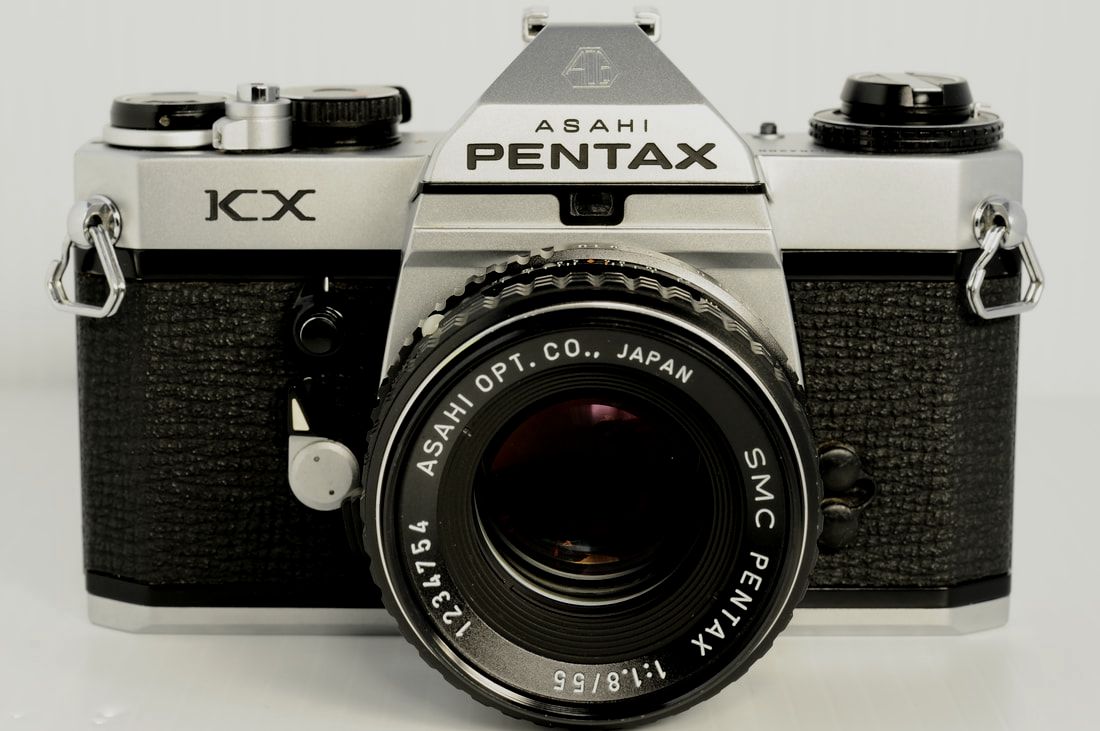
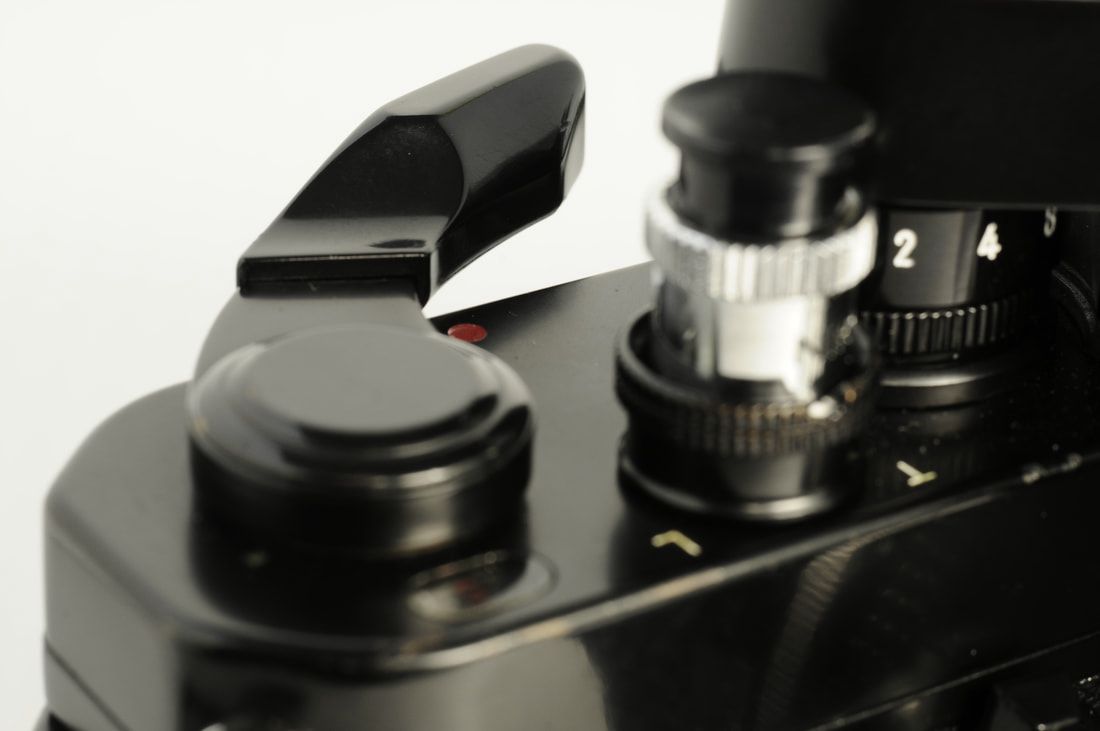
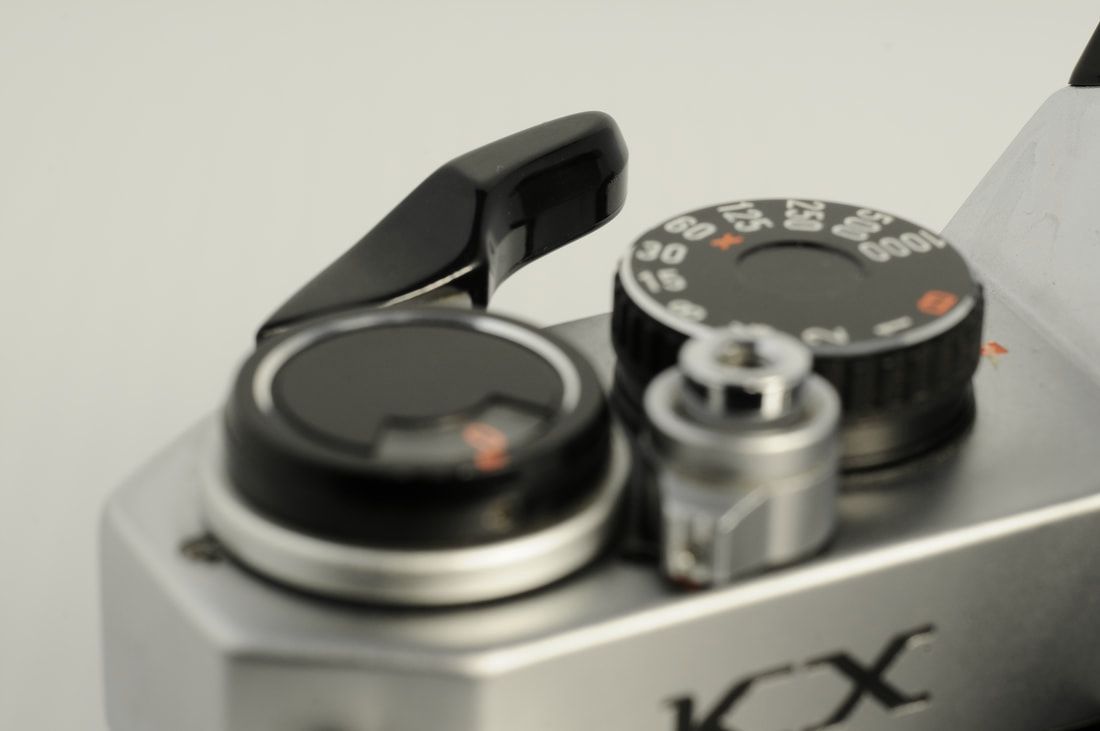
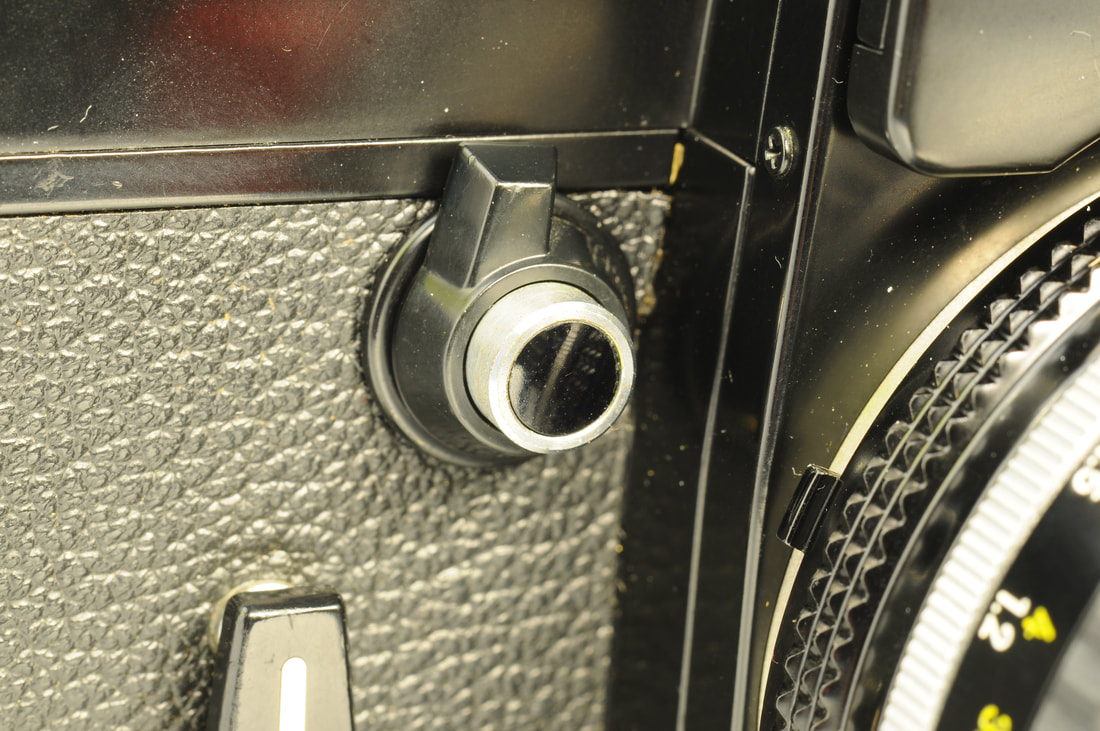
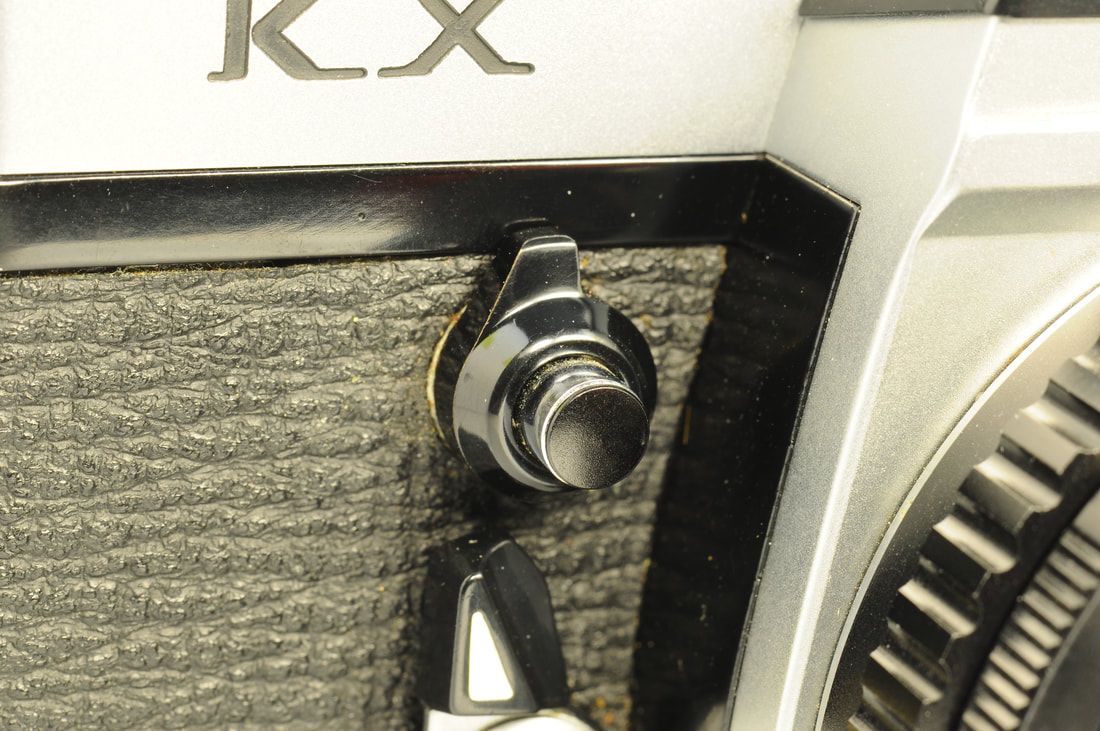
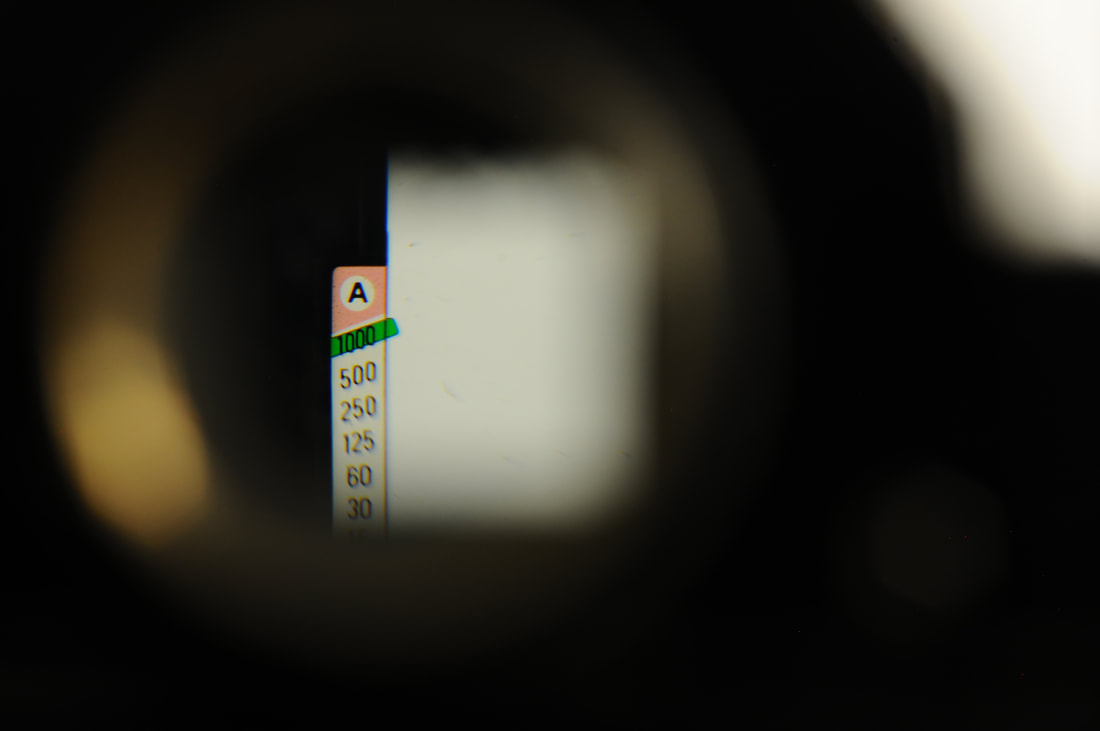
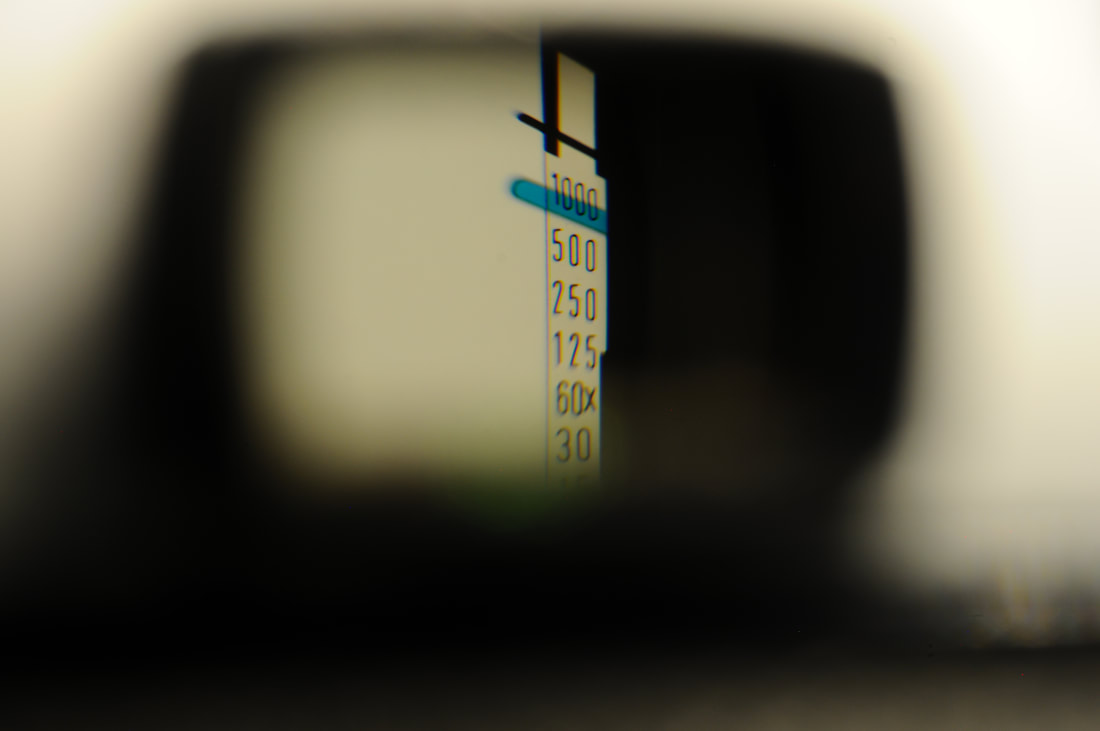
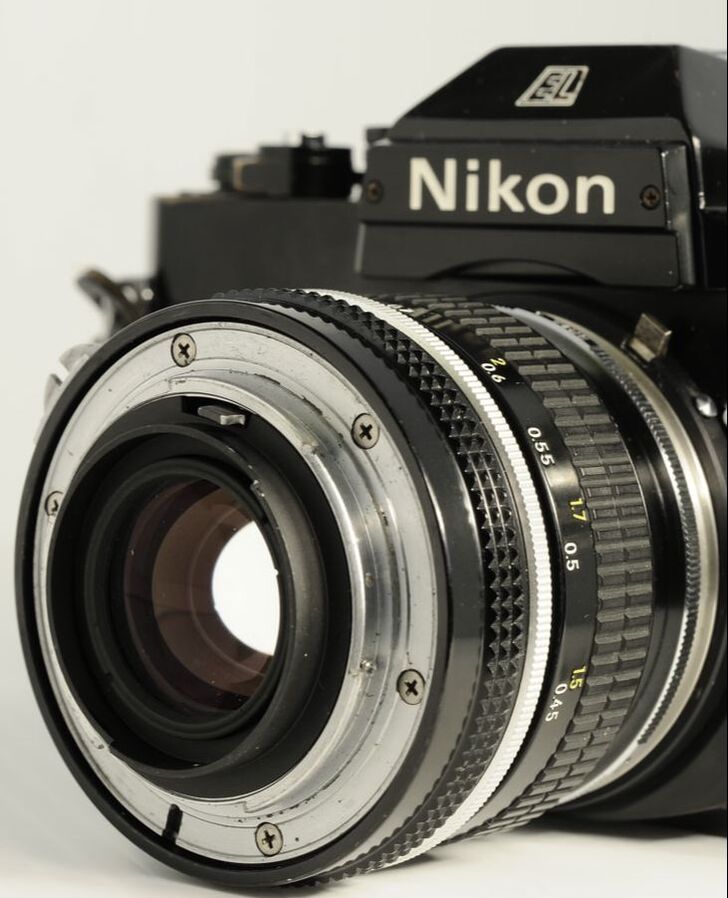
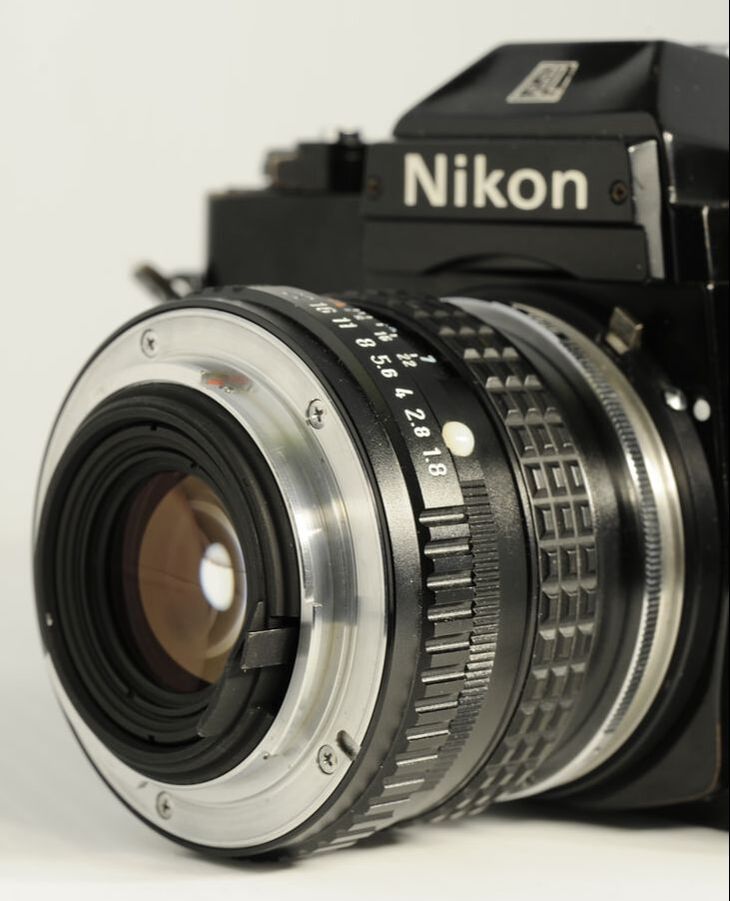
 RSS Feed
RSS Feed